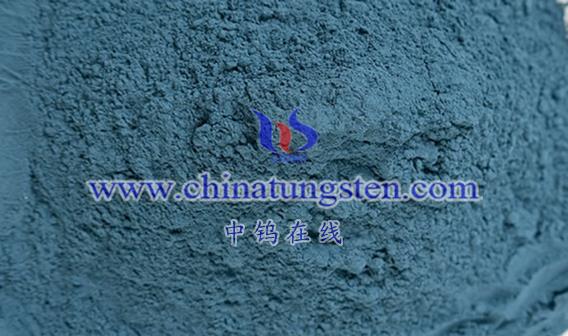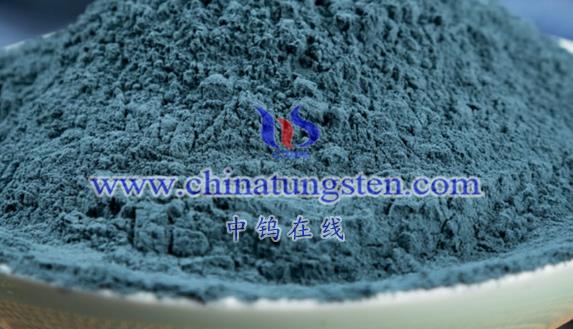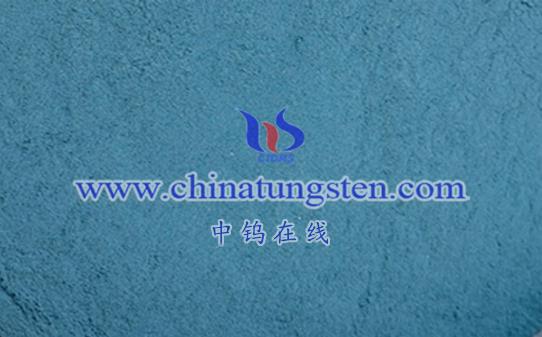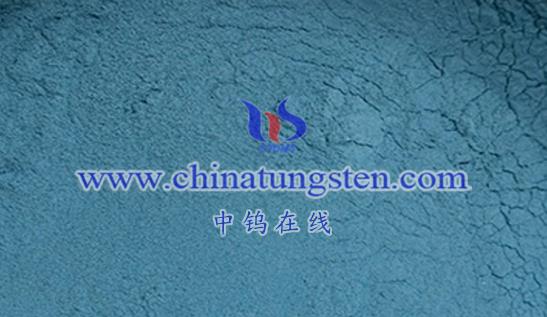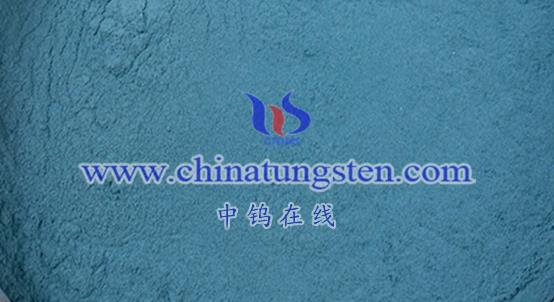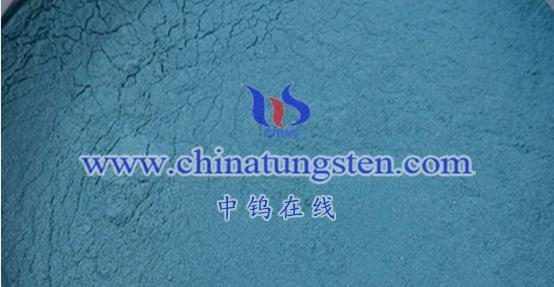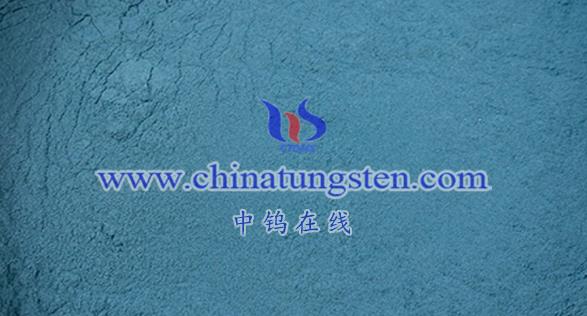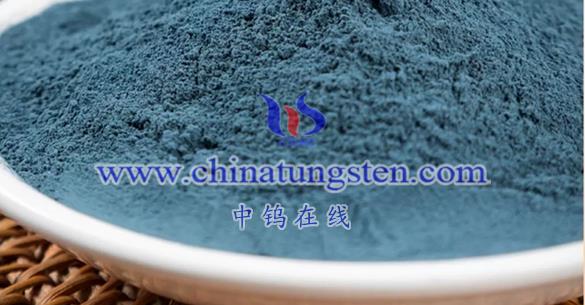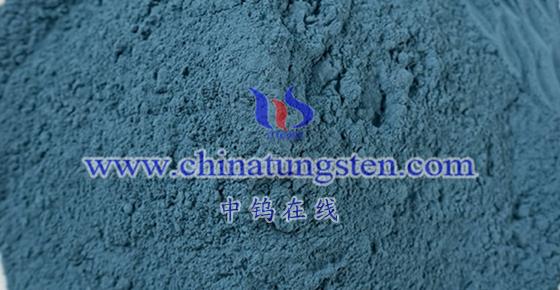
There are various methods for preparing oxygen vacancy tungsten trioxide nanosheets. Below are some common preparation methods:
- Vapor Deposition Method
The vapor deposition method is widely used in material synthesis, with physical vapor deposition (PVD) being particularly common in the synthesis of tungsten oxide nanosheets. This method uses external energy (such as ion bombardment, thermal evaporation, electron beam bombardment, laser pulse irradiation, etc.) to sublime raw materials (such as metallic tungsten or tungsten oxide) onto a target substrate and then condense them to form nanoscale tungsten oxide.
By adjusting the parameters, the size, crystallinity, and morphology of the product can be controlled. It is important to note that when metallic tungsten is used as the raw material, oxygen or other oxidizing agents must be added to ensure the formation of tungsten oxide. The resulting product is likely to be WO₃-x, which contains oxygen vacancies, rather than pure WO₃.
- Chemical Reduction Method
The chemical reduction method involves dissolving tungstate salts (such as sodium tungstate) in water and adding a reducing agent (such as metallic zinc) to perform a reduction reaction, resulting in tungsten oxide nanosheets with oxygen vacancies. The reaction conditions (such as temperature, time, type, and amount of reducing agent) can be adjusted to control the morphology and properties of the product. For example, under specific conditions, blue or dark blue tungsten oxide nanosheets with rich oxygen vacancies can be prepared.
Preparation Process of Oxygen Vacancy Tungsten Trioxide Nanosheets via Chemical Reduction:
-
- Dissolve sodium tungstate in water and stir until fully dissolved.
- Add an appropriate amount of reducing agent (such as metallic zinc) and continue stirring the reaction.
- Add hydrochloric acid solution to adjust the pH and promote the reduction reaction.
- Transfer the mixture to a high-pressure reactor and perform the reaction at a temperature of 115–135°C for 20–30 hours.
- After cooling to room temperature, centrifuge to separate the precipitate and wash it several times with distilled water and anhydrous ethanol.
- Dry the washed solid in a vacuum oven (e.g., at 60–70°C for 24 hours).
- Further heat treatment or surface modification can be applied to the dried product if needed.
- Hydrothermal Method
The hydrothermal method is a chemical reaction that occurs under high temperature and pressure. After mixing the tungstate solution and reducing agent, they are placed in a high-pressure reactor for hydrothermal reaction, which can produce tungsten oxide nanosheets with specific morphology and properties. This method has advantages such as mild reaction conditions and controllable product morphology. - Sol-Gel Method
The sol-gel method involves dissolving tungstate salts or other tungsten-containing precursors in a solvent to form a sol. The sol undergoes a gelation process, followed by drying and heat treatment to produce oxygen vacancy tungsten oxide nanosheets. This method has advantages such as simplicity and low cost, but it is important to control the stability of the sol and the drying process of the gel to avoid aggregation or cracking of the product. - Intercalation-Oxidation Method
The intercalation-oxidation method uses layered compounds (such as tungsten disulfide WS₂) as the raw material. Intercalation reactions introduce other substances between the layers, followed by an oxidation reaction to produce oxygen vacancy tungsten oxide nanosheets. This method allows the control of product morphology and properties by adjusting the intercalation substances and oxidation conditions. For example, using layered WS₂ as the raw material and reacting it with phosphorus pentachloride (PCl₅) at high temperatures for intercalation-oxidation, combined with hydrolysis and calcination, can produce P-doped oxygen vacancy tungsten oxide nanosheets.
Different preparation methods may yield oxygen vacancy tungsten oxide nanosheets with varying morphology, structure, and properties. Therefore, when selecting a preparation method, it is necessary to comprehensively consider specific application requirements and experimental conditions.
More details of tungsten oxide product, please visit website: tungsten-oxide.com
Please contact CHINATUNGSTEN for inquiry and order of tungsten oxide:
Email: sales@chinatungsten.com
Tel.: 86 592 5129595
